order
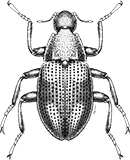
Coleoptera
“Adult Beetles”

Coleoptera
“Larval Beetles”

Diptera
“True Flies”

Ephemeroptera
“Mayflies”

Hemiptera
“True Bugs”

Lepidoptera
“Aquatic Caterpillars, Snout Moths”

Megaloptera
“Alderflies, Dobsonflies, and Fishflies”
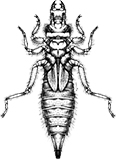
Odonata
“Dragonflies and Damselflies”

Plecoptera
“Stoneflies”

Trichoptera
“Caddisflies”
family
Tipulidae
“Large Crane Flies”
Family Overview
Tipulidae


Large Crane Flies
Until recently, Tipulidae included all species of "crane flies." As now more strictly defined, this widespread family includes at least 53 species in North America. Larvae of some species are terrestrial, but aquatic larvae inhabit quiet areas of streams and shores of lakes, burrowing in the soil, often among roots, shredding living and dead plant material.
Characteristics
POLLUTION TOLERANCE
No pollution tolerance ranges defined.
FEEDING HABITS
Shredder / Detritivore
MOVEMENT
Burrower
Diagnostic Characters
order
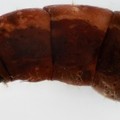
Legs Absent
family

Head Capsule Sclerotized and Mostly Retracted
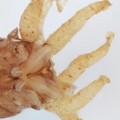
Lobed Posterior Spiracles with Hair
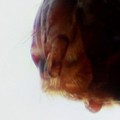
Mandibles Moving Horizontally
+ Expanded Character List
Order:
Wings and wing pads absent. Eye spots sometimes visible, but compound eyes absent. Segmented legs absent, but sometimes fleshy prolegs present. Sometimes with distinct head, often without head or with head drawn deeply into thorax. Body flattened, cylindrical, or maggot-like.
Family:
Larvae lacking fleshy projections on thoracic and abdominal segments. Posterior spiracular disc bordered by 6 (rarely 8) lobes (2 dorsal, 2 dorsolateral, 2 ventral); lobes usually subconical, sometimes short and blunt. As for all crane flies, adults usually large, with long legs and V-shaped sutures on top of mesothorax, but terminal segment of each maxillary palp longer than previous 2 segments combined and antennae each 13-segmented.
Dorsal
Lateral






